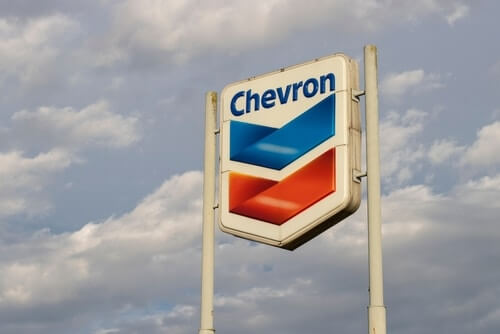Chevron’s deal to buy Hess may boost the Bakken shale oil output, although analysts expect it not to hit pre-pandemic levels.
Advanced drilling technologies during the Bakken Boom allowed North Dakota to become the US’s second-largest oil-producing state from 2012 to 2020. New Mexico later took the spot after a pandemic-induced drop in demand and drilling.
The Bakken Formation draws a significant distance from export terminals and refineries, resulting in higher transport costs and usually smaller profits than their rivals in the vast shale area of Texas and New Mexico, which are near the primary refining and export hubs on the Gulf Coast.
According to US government data, output in the more costly Bakken region is around 1.27 million barrels per day (bpd). The reading is almost 18% below the 2019 high.
In the third quarter of this year, Hess reported a production of 190,000 barrels of oil equivalent per day (boepd) in the region.
Chevron’s move to buy Hess provides that output and 465,000 net acres (1,882 sq km) in the region, which it called a “long-duration inventory.”
Analysts expect Chevron to follow Hess’s Bakken plan of achieving 200,000 boepd in net production by 2025.
Chevron CEO Mike Wirth stated that drilling as much as Hess’s rig count would provide them approximately 15 years of stock in the region.
Wirt saw it as an appealing asset capable of delivering a “kind of plateau production” and robust cash flow for a long time.
Chevron expects that the new technology it is developing in other shale regions it is operating in will help enhance Bakken extraction in the future.
Chevron’s entry signals a cultural shift in North Dakota’s energy industry, where Hess has been a key player since 1951. The New York-based company has aided in making the state a top shale oil and gas producer.
Analysts Expect Bakken Production Surge from Chevron
Analysts anticipate that Chevron will increase Bakken’s production past Hess’s output target in the future.
Senior analyst Matthew Bernstein noted that considering the scale of operations, larger integrated firms, such as Chevron, are less pressured than shale producers to follow relatively small hikes in their operating regions, provided their shareholders continue receiving returns.
Energy Aspects’ Jessie Jones said Bakken is more mature and consolidated compared to regions, like the US’s Permian, and smaller, limiting opportunities to ramp up activity.
For 2023, Bakken’s half-cycle break-even prices, which include transportation costs, taxes, and price differentials, are estimated at $58.86 per barrel, ending below the $50.69 per barrel in the Permian basin’s Midland region.
Data from the Energy Information Administration (EIA) revealed that the Permian basin in Texas and New Mexico set new record highs of nearly 6 million bpd.
Jones expects Bakken production to reach 1.3 million bpd this year, still far from the pre-pandemic high of 1.54 million bpd.
It remains uncertain whether improved investment or technological innovation can keep Bakken’s output from extending its decline.











